Seed Saving: Part I
April 22, 2022
On Earth Day I wanted to begin a discussion about seed saving. As I began writing, I realized there is just so much to talk about and much to learn, so I know I will be revisiting this topic. Let's consider this just a mere dip of the toes in the world of seed saving and seed sovereignty.
This year I wanted to tentatively step into the world of seed saving. I was initially apprehensive because it felt like an overwhelming subject to broach as a beginner. I also had always relied on the vigor and health of hybridized seed, and never really asked myself what it means to grow hybrid and patented seed, it's just what I always did. It was really at our Certified Naturally Grown inspection that I was forced to think about how we source our seed. The CNG certification requires that our seed is certified organic and open pollinated when possible. (Thanks to the CNG for pushing us to be even more responsible farmers!) Out of this necessity, I began researching what it all means, and I can now confidently say that it is not only important, but necessary. And on top of that, it is fun and exciting too!
I have purchased a small amount of seed from local seed growers before: Saltwater Seeds in Sequim and Deep Harvest on Whidbey Island. I knew about bio-regionally adapted seed, and my limited high school level biology education told me that it makes sense that seed grown in a specific climate would be genetically adapted to that space. I guess, I just always thought that hybrid seeds would out-vigor anything left to do its thing naturally.
For a quick lesson: Hybrid Seed (F1) is created by crossing two different parent plants. To do it intentionally requires human interference. Generally, seed saved from a hybrid plant will segregate and not remain true to its parent plant, so the tomato seed you save from a hybrid tomato plant and plant the next year, will not look like the tomato you saved the seed from. Often, seeds are hybridized to genetically select for disease resistance, vigor, and high yields. They are also hybridized so that they can be patented, which prevents seed saving.
Conversely, Open Pollinated (OP) seed is pollinated naturally and if saved correctly, its offspring seeds will grow plants genetically true to the parent seed. With careful selection, OP seed can be adapted to incredibly specific areas, to the point where Hidden Penny Farm could have seed that grows best in our distinct microclimate.
The concept of seed sovereignty deems the act of seed saving a human right. As they say at Adaptive Seeds (my new favorite seed company and activists in the seed saving world): "[Seed Sovereignty] is the freedom to save seed and determine the foundation on which our food system rests. With the current attacks of industry hitting at the heart of food sovereignty, the simple act of seed saving becomes a major act of resistance and social empowerment."
There is SO much to learn about seed saving, from the science to the human rights, and I have only just begun to learn. There is something incredibly grounding about the act of seed saving. To me, my journey towards seed saving is a near perfect metaphor for my journey away from "models" and towards nuance, and my journey away from "travel the world" and towards settle right here. I have many thoughts beginning to brew about this...perhaps they will be next week's field notes.
